How Do Optical Isolators Work? [Components, Types & Applications]
An optical component that allows light to propagate in only one direction while completely blocking it in the opposite direction is called an optical isolator. The operation of this device is based on the Faraday effect. In fiber optic systems, light transmitted through a fiber has the potential to be reflected back toward the source. To prevent such back reflections — which can destabilize lasers and degrade signal quality — optical isolators are used. Also known as optical diodes or photonic couplers, these devices are primarily employed in laser systems, where maintaining the coherence of light is critical.
1. Composition of an Optical Isolator
An optical isolator is mainly composed of three key components:
An input polarizer
An output polarizer
A Faraday rotator
Alternatively, instead of polarizers, two birefringent wedges (acting as polarizing elements) can be used, especially in polarization-independent designs.
2. Types of Optical Isolators
Optical isolators are primarily classified based on their polarization dependence:
2.1 Polarization-Dependent Isolator (PDI)
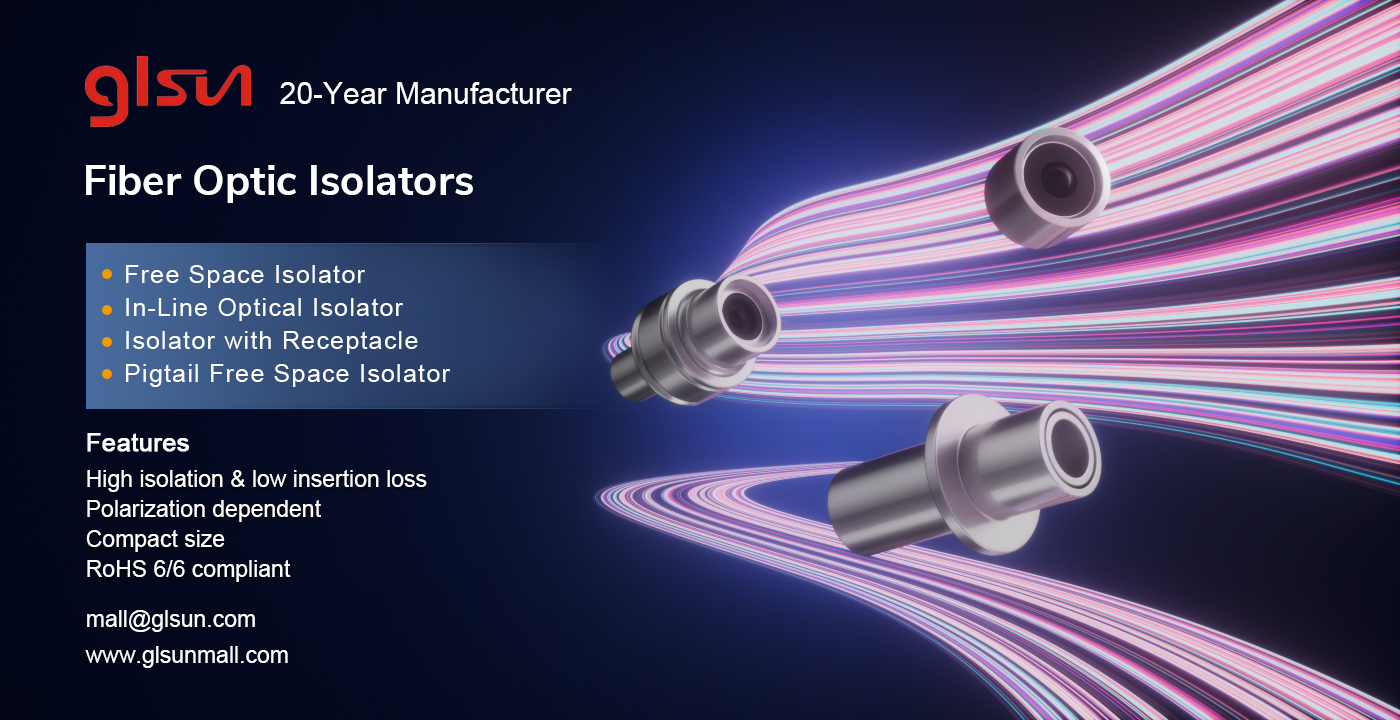
A polarization-dependent isolator consists of:
Input and output polarizers
A Faraday rotator
These are typically used in free-space optical systems, where the polarization state of the light source is well-controlled and maintained. The input polarizer ensures that only light with a specific polarization (e.g., vertical) enters the device.
2.2 Polarization-Independent Isolator (PII)
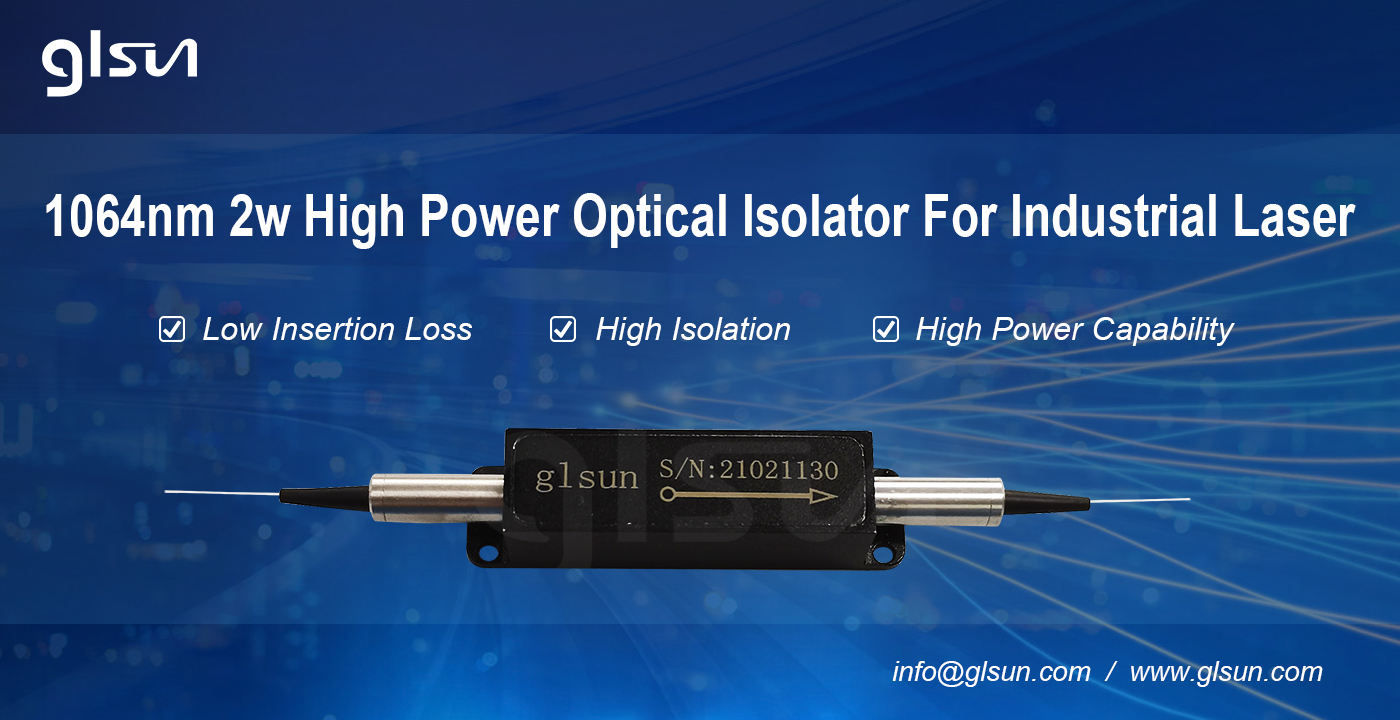
A polarization-independent isolator uses:
Input and output birefringent wedges (instead of polarizers)
A Faraday rotator
It is typically constructed with two collimators. In the forward direction, the incoming beam is split into ordinary and extraordinary rays, rotated by 45° via the Faraday rotator, and then recombined to focus into the output collimator.
In the reverse direction, any reflected light entering from the output side is split again, but due to the non-reciprocal 45° rotation, the rays diverge and fail to couple back into the input collimator — effectively blocking backward transmission.
3. Working Principle of an Optical Isolator
As discussed, the primary function of an optical isolator is to allow unidirectional light transmission and prevent back reflections that could interfere with the light source.
Let’s explore how this works:
The isolator design consists of three components:
Forward Direction (Transmission)
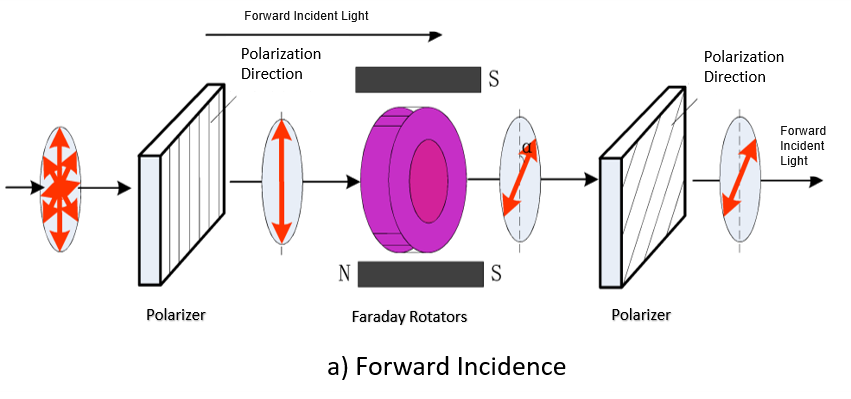
Input Polarizer:
Incident light passes through the input polarizer and becomes vertically polarized.Faraday Rotator:
The vertically polarized light enters the Faraday rotator — a magneto-optic crystal (e.g., YIG or TGG) that rotates the polarization plane by 45° due to the Faraday effect.
This effect is non-reciprocal, meaning the rotation direction depends only on the magnetic field direction, not the propagation direction of light.Output Polarizer:
The light, now polarized at 45°, aligns perfectly with the transmission axis of the output polarizer (set at 45°), allowing it to pass through with minimal loss.
Thus, light is transmitted efficiently in the forward direction.
Reverse Direction (Blocking)
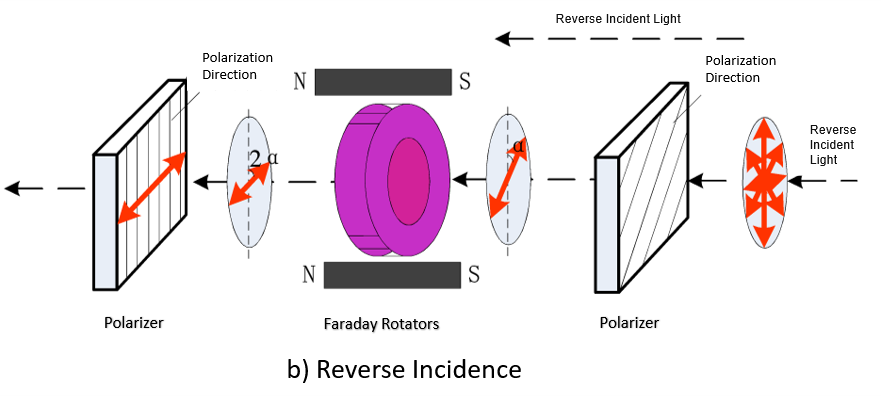
Now, consider reflected light attempting to travel backward:
The backward-propagating light (e.g., from a connector or amplifier) enters the output polarizer, which acts as the input for reverse light. It becomes polarized at 45°.
It then passes through the Faraday rotator, which — due to the non-reciprocal nature of the Faraday effect — rotates the polarization by another +45° in the same rotational direction (e.g., clockwise).
→ The total rotation is now 90° from the original vertical axis, resulting in horizontally polarized light.This horizontally polarized light reaches the input polarizer (now acting as the output), which is oriented for vertical polarization.
→ The horizontal component is blocked or absorbed.
As a result, back-reflected light cannot pass back to the source, effectively isolating the laser or transmitter.
(See Figure 2: Reverse Transmission Blocked by Isolator)
4. Applications of Optical Isolators
4.1 In Optical Communication Systems
Optical isolators are widely used in fiber optic communication systems to minimize signal loss caused by reflections from connectors, splices, or other components. They ensure stable and high-quality signal transmission over long distances.
4.2 In Optical Amplification Units
Optical amplifiers (e.g., EDFA) boost signal strength, but they are sensitive to back reflections. By placing an isolator before and after the amplifier, signal integrity is preserved, and amplified spontaneous emission (ASE) and oscillations are suppressed.
4.3 In Laser Diodes
Laser diodes emit highly coherent light, but even small amounts of back-reflected light can cause mode hopping, frequency instability, or damage. Optical isolators protect the laser source, ensuring stable, high-coherence output — essential for precision applications in medical, industrial, and scientific systems.
Conclusion
From the above discussion, it is clear that the optical isolator is a fundamental component in modern photonic systems. By leveraging the non-reciprocal Faraday effect, it enables unidirectional light propagation and effectively suppresses back reflections, thereby enhancing system stability and performance.
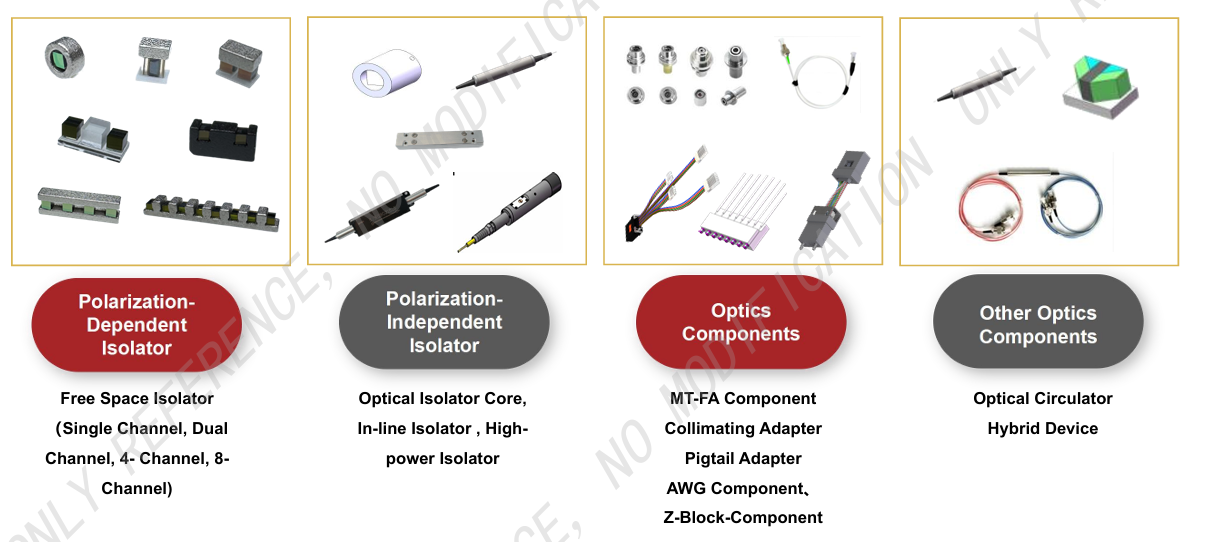
At Glsun Technology, we have over 24 years of experience in designing and manufacturing high-performance optical isolators for global partners, including Huawei, FiberHome, and Lumentum. Our isolators offer:
High isolation (>45 dB)
Low insertion loss (<0.3 dB)
Excellent polarization-dependent loss (PDL)
Reliable performance in demanding environments
Whether you're building advanced laser systems, optical amplifiers, or high-speed communication networks, Glsun provides cost-effective, high-quality optical isolators tailored to your needs.

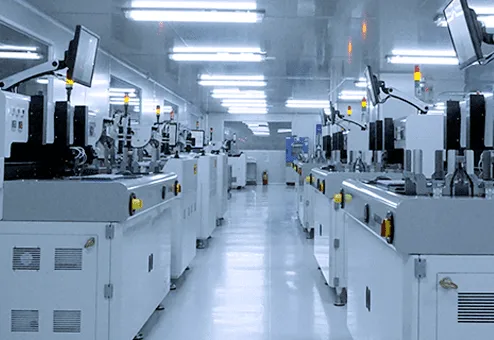
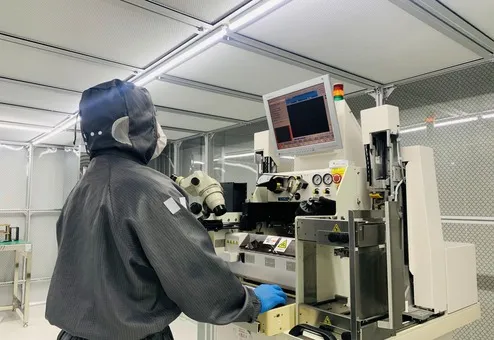


 Guanglong S&T Zone, No.8 High-tech Industry Park Chaoyang Road, Guilin ,Guangxi, China
Guanglong S&T Zone, No.8 High-tech Industry Park Chaoyang Road, Guilin ,Guangxi, China  +86-133-4600-8527
+86-133-4600-8527  alan.shizz@glsun.com
alan.shizz@glsun.com